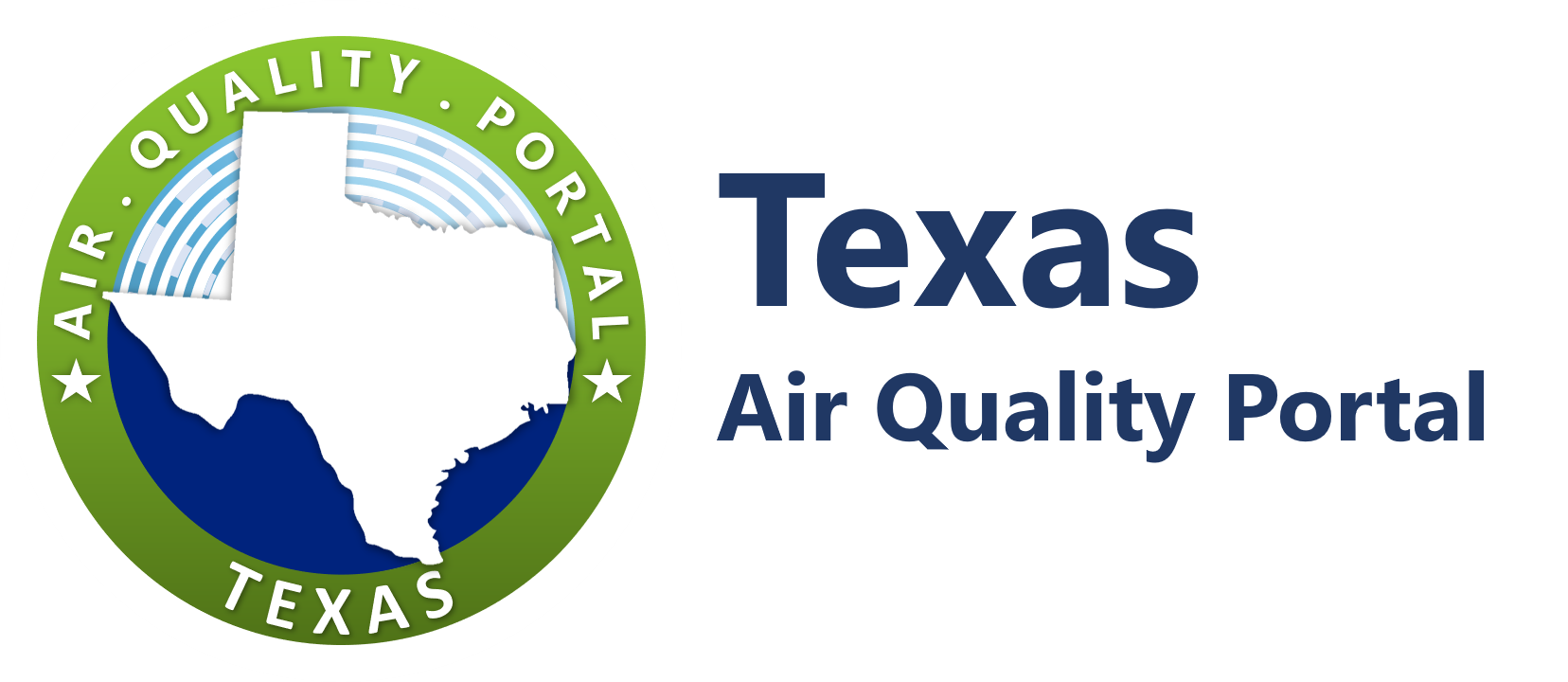Utilities
Texas A&M Transportation Institute (TTI) and the Texas Department of Transportation (TxDOT) work with other air quality planners to develop consistent, transparent, statewide methods that are used to develop transportation emission inventories. These methods deal with mathematical procedures for estimating regional on-road emissions using a variety of primary data sources such as the number and types of vehicles registered in Texas, outputs from regional travel demand models, field counts of the number and types of vehicles using Texas roads, fuel formulations, and meteorological data.
This section hosts documents that describe these methods in sufficient detail for all air quality practitioners – from technical analysists who actually develop emission inventories to planners charged with interpreting and applying the results of emission inventories.
| Title | Content | Date | Link |
|---|---|---|---|
| Conformity Emissions Inventory Process Update | MOVES2014-Based Travel Demand Model Link Emissions Estimation Method | 2020/07/14 | Download |
Texas A&M Transportation Institute (TTI), the Texas Department of Transportation (TxDOT) and other stakeholders have developed a suite of transportation utilities designed to simplify the process of technically developing regional emission inventories.
This section hosts the latest instruction manuals that describe in detail how to use these utilities. The utilities themselves are available by request from TTI staff.
| Title | Content | Date | Link |
|---|---|---|---|
| MOVES2014aUtl User’s Guide | TTI Emissions Inventory Estimation Utilities Using MOVES: MOVES2014Utl | 2020/08/24 | Download |
This section hosts several other transportation air quality resources useful for practitioners.
The resources listed below include guidance from the Environmental Protection Agency (EPA), past studies that form the foundation of Texas’ on-road inventory methods, and other useful links.
Heavy-Duty Vehicle Idle Activity Study
This report, sponsored by the Texas Commission on Environmental Quality (TCEQ) and provided by Texas Transportation Institute, documents data collection, data analysis, and resulting long-term idle hours and auxiliary power unit (APU) hours for heavy-duty vehicles (HDV) operating in Texas. The most recent EPA emission factor model, the MOVES model, now includes the emissions due to HDV idling and the use of APUs in on-road inventories as a separate source category of emissions. The results in this report can be used to update and refine the default information in MOVES. (July 2019, revised December 2019).
Publication date: 08-11-2020
Policy Guidance on the Use of MOVES3 for State Implementation Plan Development, Transportation Conformity, General Conformity, and Other Purposes (U.S. EPA, November 2020)
Publication date: 08-24-2020
Policy Guidance on the Use of MOVES4 for State Implementation Plan Development, Transportation Conformity, General Conformity, and Other Purposes (U.S. EPA, August 2023)
Publication date: 02-27-2024
Policy Guidance on the Use of MOVES5 for State Implementation Plan Development, Transportation Conformity, General Conformity, and Other Purposes (U.S. EPA, November 2024)
Publication date: 03-26-2025
TCEQ Air Quality Research and Contract Reports: On-Road Vehicles
Reports related to air pollutant emissions, fuels, and activity of on-road vehicles written by contractors for the TCEQ.
Publication date: 02-27-2024
| Title | Content | Date | Link |
|---|---|---|---|
| MOVES3 Technical Guidance | Using MOVES to Prepare Emission Inventories for State Implementation Plans and Transportation Conformity (U.S. EPA, … | 2020/08/24 | Download |
